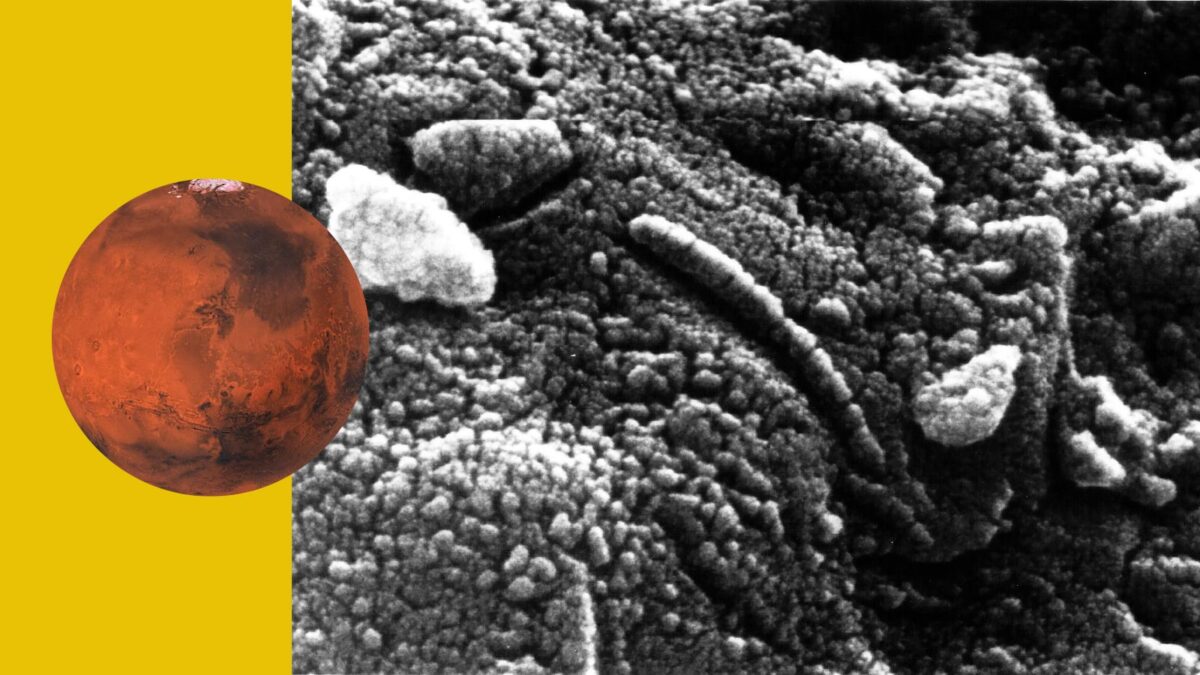For Mars Sample Return, a small rocket poses a big challenge
March 2024
The Mars article in the January issue [“NASA faces its Mars conundrum”] referred to “a small U.S.-built rocket” for lifting geology samples to Mars orbit. The Mars Ascent Vehicle (MAV) will be the most amazing little rocket ever built, because it needs capability beyond the state of the art for its small size (4 km/s in a few minutes). Fifty years ago, a NASA study published by AIAA noted that the mass of this launch vehicle would drive mission scale (Weaver, 1974, Journal of Spacecraft and Rockets, 11(6), p. 426). In recent years the MAV design became much heavier than hoped for, now roughly half a metric ton. Despite the lightweight helicopters to be sent with it instead of the previously planned fetch rover, delivering the MAV still needs a larger-than-ever Mars lander, a major reason for the high mission cost.
The January editorial [“Sparking your imagination to start 2024] referred to “no shortage of innovation” for Mars missions. Yes, iterative building and testing can make the MAV smaller to reduce mission cost. SpaceX and others have shown what innovation can do for larger launch vehicles. Unfortunately, the MAV challenge has been widely underestimated and the need for something new remains unappreciated. It is easy to take the MAV for granted, because all other planetary science maneuvers have been within the realm of satellite propulsion technology. This situation was summarized at the AIAA Space 2008 Conference by one of my papers, “Defining the Mars Ascent Problem for Sample Return.”
John Whitehead
AIAA senior member
Davis, California








